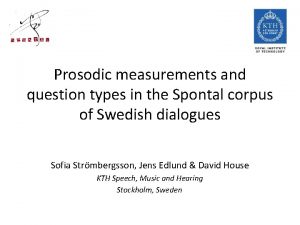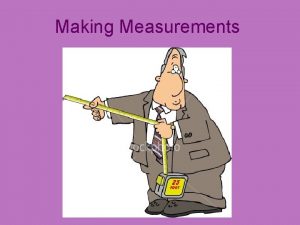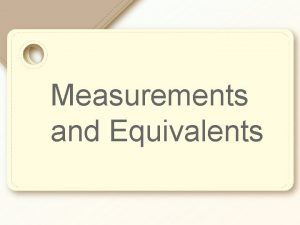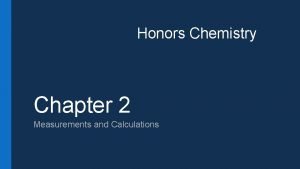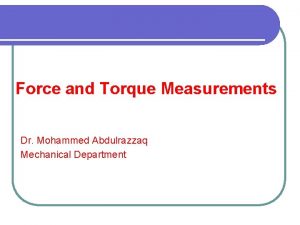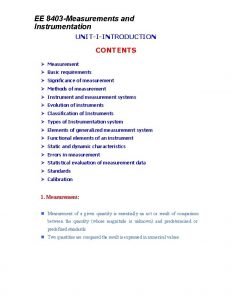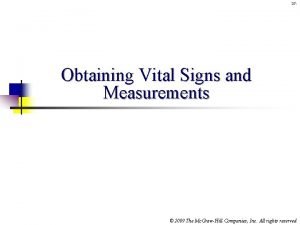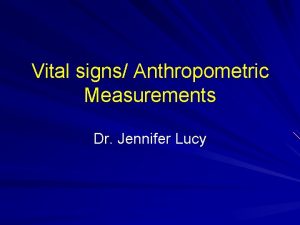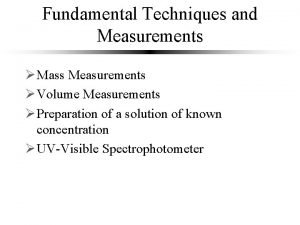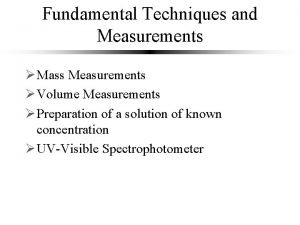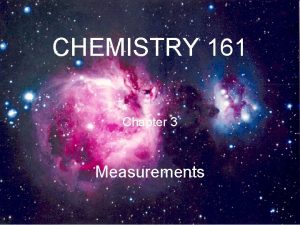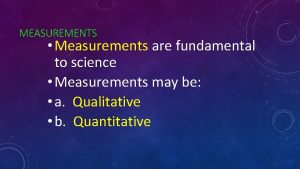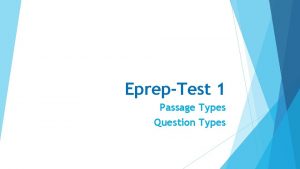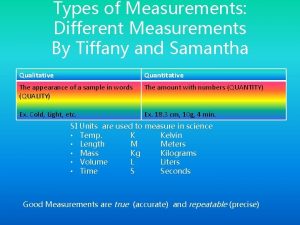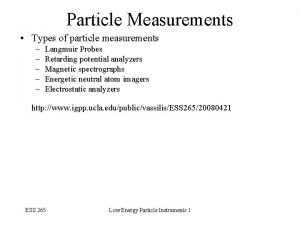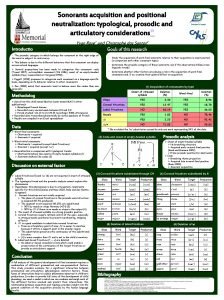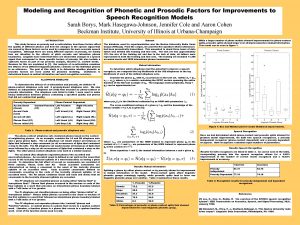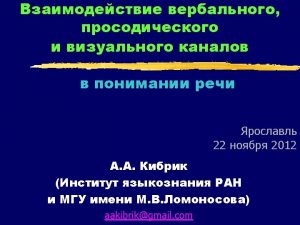Prosodic measurements and question types in the Spontal
















![Question markup Vad betyder det? What does that mean? • • Q 1: [Y/N] Question markup Vad betyder det? What does that mean? • • Q 1: [Y/N]](https://slidetodoc.com/presentation_image/49b0f82c0a2f1307e7dd431ee6158d9c/image-17.jpg)


- Slides: 19

Prosodic measurements and question types in the Spontal corpus of Swedish dialogues Sofia Strömbergsson, Jens Edlund & David House KTH Speech, Music and Hearing Stockholm, Sweden

Vari. Q Investigate and describe intonational variation in questions in spontaneous dialogue. Is there a standard type of question intonation?

Question intonation • Declarative => Interrogative ”You like apples. ” vs. ”You like apples? ” • Different question types, different intonation Y/N questions: Wh-questions: • Where is the rise in conversational speech?

Spontal corpus • 60 hours of dialogue / 120 half-hour sessions • Talk freely about anything

Question extraction • 24 dialogue subset (= 12 hours) • Talkspurts based on voice-activity/silence • Orthographic transcriptions • Two annotators tag ”questions” 908 talkspurts with question tag 600 selected (Spontal balance, 2+ annotators agreeing)

Question markup Ser du att det är hål i botten? Do you see there’s a hole in the bottom? • • Q 1: [Y/N] [Wh] [Alt’s] [Other] Q 2: [Required] [Optional] [Prohibited] Q 3: [Forward] [Backward] Q 4: [Reported] [Direct]

Question types Alt's • • Q 1: Q 2: Q 3: Q 4: Y/NOther > Wh >> Alt’s & Other Wh Required >> Optional > Prohibited Y/N Forward >> Backward 0% 20% 40% 60% 80% 100% Optional Backward Direct >> Reported Required Reported Forward 0% 20% 40% 60% 80% 100% Direct 0% 20% 40% 60% 80% 100%

Prosodic measures TIME Duration PITCH Speech rate Variation Rising/Falling intonation DIFF: (Avg pitch)2 nd. Half - (Avg pitch)1 st. Half

Duration Is that Obama or Romney? Is that Obama? Who’s that? • Significant differences between (almost) all Q 1 categories • Forward-directed questions longer

Speech rate • Other are slower • Optional are slower • Backward are slower Is. Oh that true? ! Did yeah…? you? !

Pitch variation Is Did thatyou? ! true? ! • More varied pitch in questions to which answers are Optional • More varied pitch in Backward-directed questions • Reflecting attitude?

Rising/Falling intonation • Y/N falling, Wh rising (or flat) • Forward falling, Backward rising (or flat) – but large variation

Rising/Falling intonation (cont. ) Tycker du inte? Är det sant? Jaha? Don’t you think? Is that true? Oh yeah? Vad sa du? What’d you say? Rising intonation signalling non-understanding/non-acceptance?

Conclusions • Strengths of coding scheme: – General – Quick-and-easy – Orthogonal, allows clustering across different dimensions • Interplay across different dimensions Optional + Backward More pitch variation Attitude? Other + Optional + Backward Slower Uncertainty? Non-agreement?

Thank you for your attention!

![Question markup Vad betyder det What does that mean Q 1 YN Question markup Vad betyder det? What does that mean? • • Q 1: [Y/N]](https://slidetodoc.com/presentation_image/49b0f82c0a2f1307e7dd431ee6158d9c/image-17.jpg)
Question markup Vad betyder det? What does that mean? • • Q 1: [Y/N] [Wh] [Alt’s] [Other] Q 2: [Required] [Optional] [Prohibited] Q 3: [Forward] [Backward] Q 4: [Reported] [Direct]

Rising/Falling intonation (cont. ) • DIFF: Y/N falling, Wh rising; Backward rising But… confusion with sentence focus? • PROS: No significant dependencies…

Summary: Prosodic measures • Duration: Dependent on number of alt’s • Speech rate: Slow reflecting uncertainty? • Pitch variation: Reflecting attitude? • Rising/Falling intonation: – DIFF: Dependent on sentence focus? – PROS: Not dependent on question type
 Spontal
Spontal Costas level of questions
Costas level of questions Physiological perspective
Physiological perspective Qualitative vs quantitative measurements
Qualitative vs quantitative measurements Advantages and disadvantages of probing questions
Advantages and disadvantages of probing questions Questions without question words
Questions without question words Contoh paraphrase
Contoh paraphrase Factor relating questions example
Factor relating questions example Change these direct questions into indirect
Change these direct questions into indirect Difference between compelling and supporting questions
Difference between compelling and supporting questions Compelling question meaning
Compelling question meaning Measurements equivalents and adjustments
Measurements equivalents and adjustments Chapter 2 measurements and calculations
Chapter 2 measurements and calculations Force and torque measurements
Force and torque measurements Ee8403 measurements and instrumentation
Ee8403 measurements and instrumentation Vital signs and anthropometric measurements
Vital signs and anthropometric measurements Chapter 37 vital signs and measurements true or false
Chapter 37 vital signs and measurements true or false Finding segment lengths in circles
Finding segment lengths in circles Orthostatic vitals positive
Orthostatic vitals positive Vital signs and anthropometric measurements:
Vital signs and anthropometric measurements:
